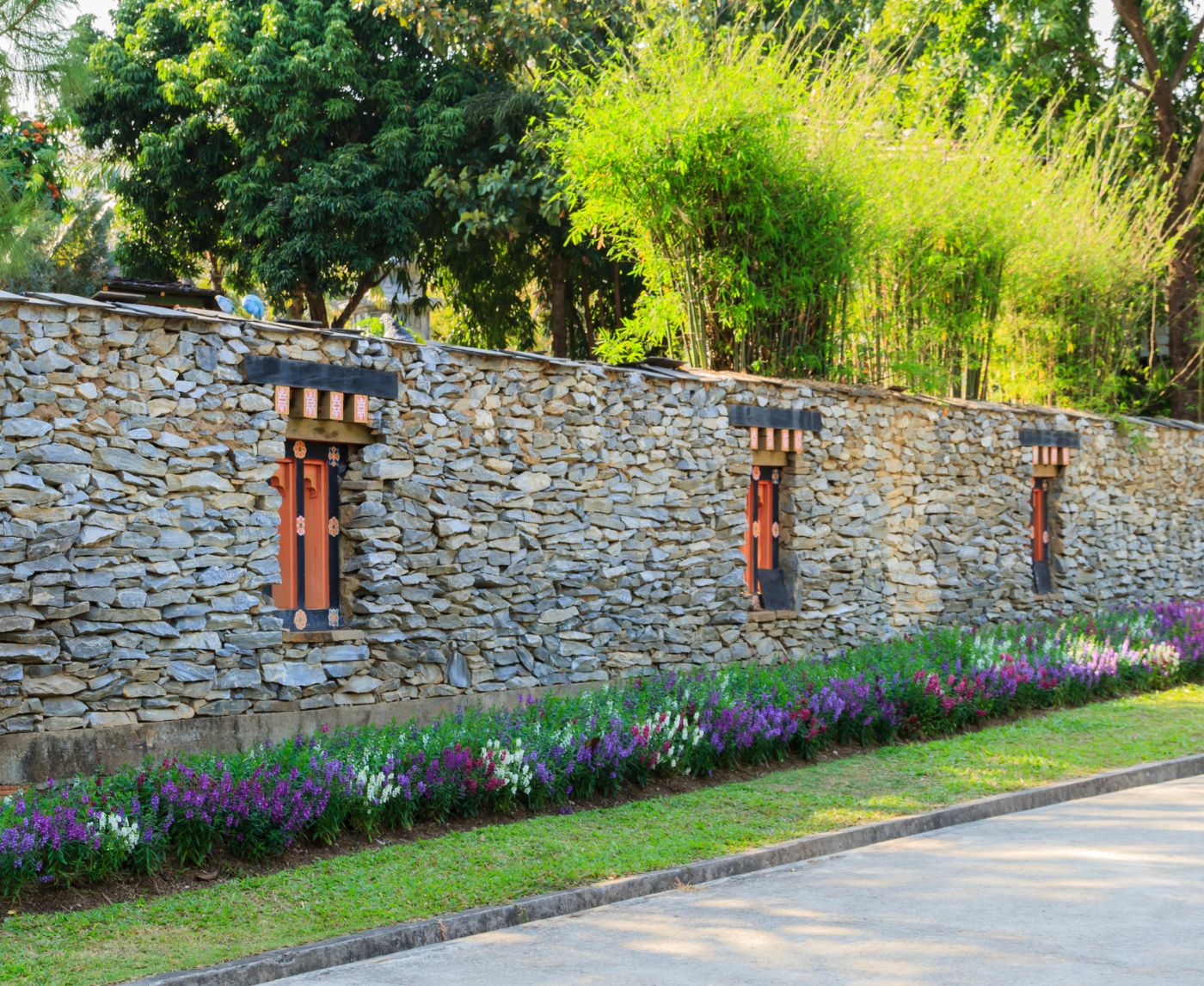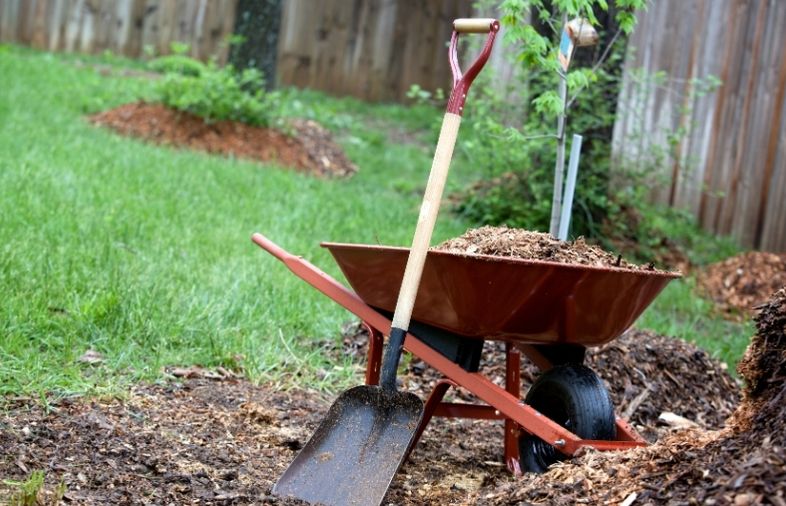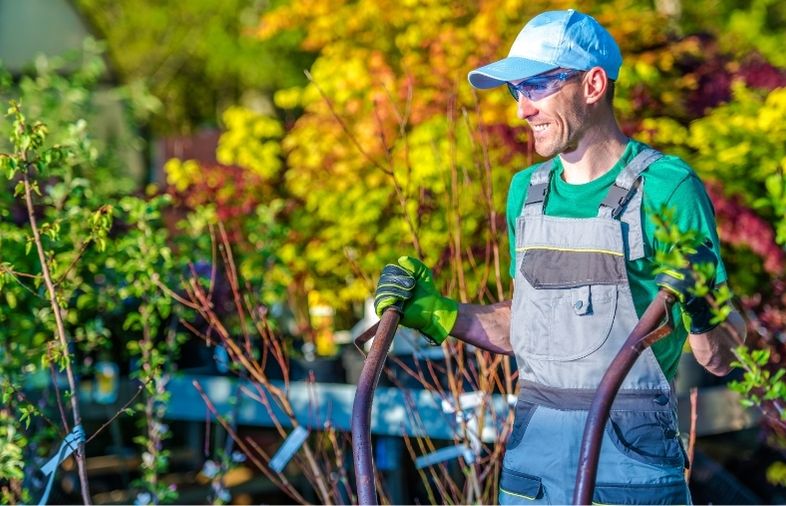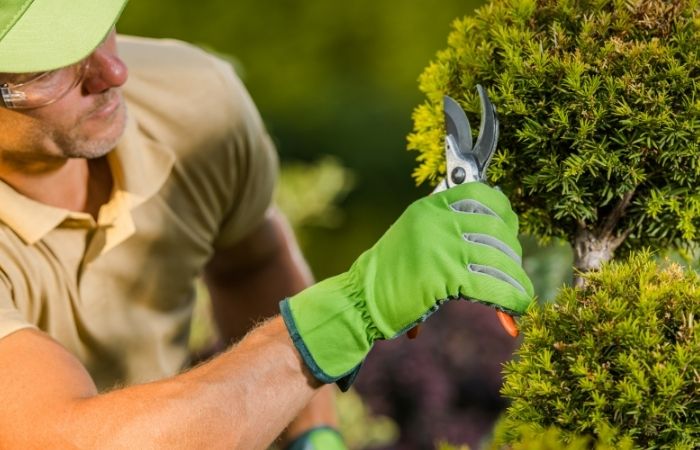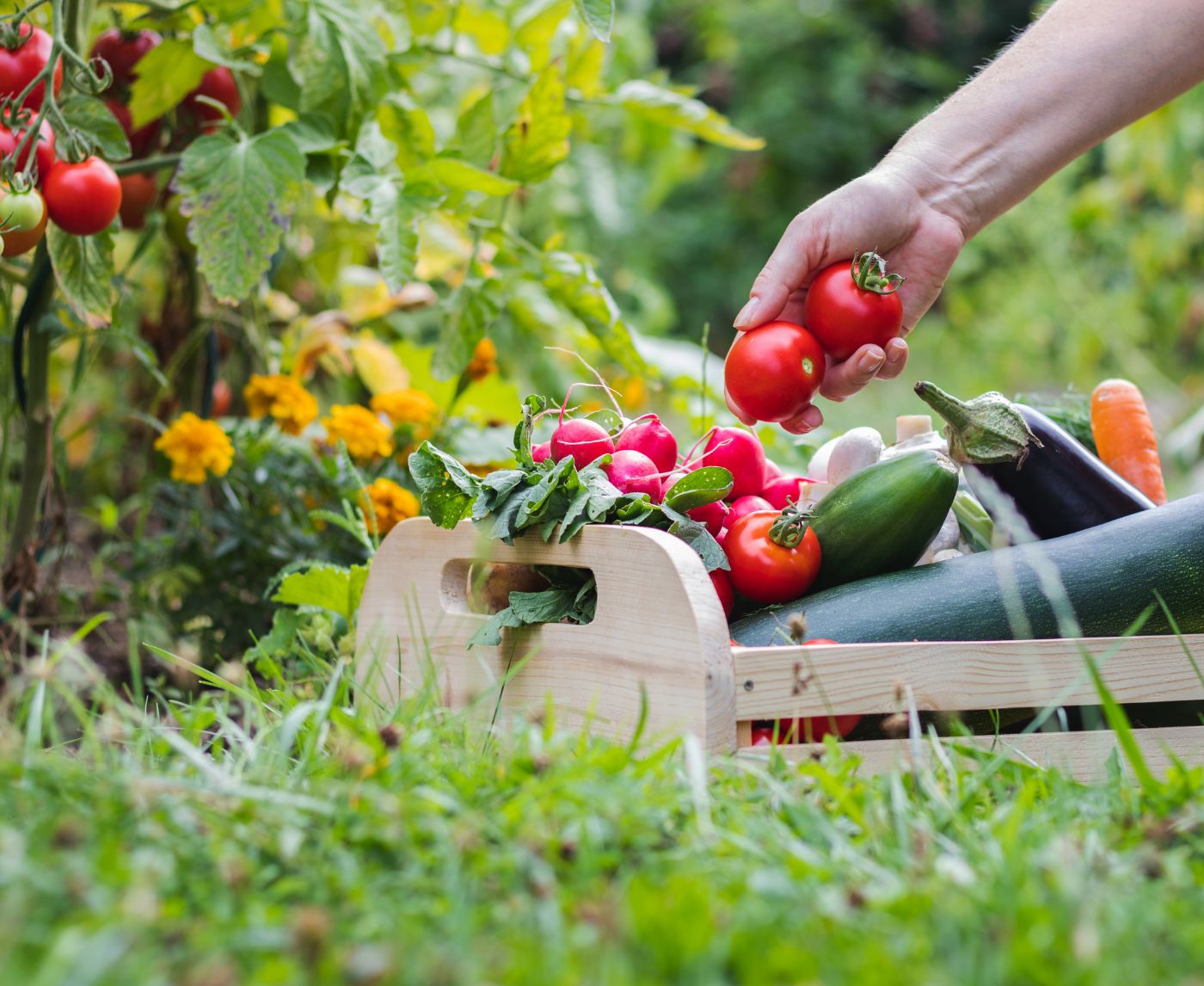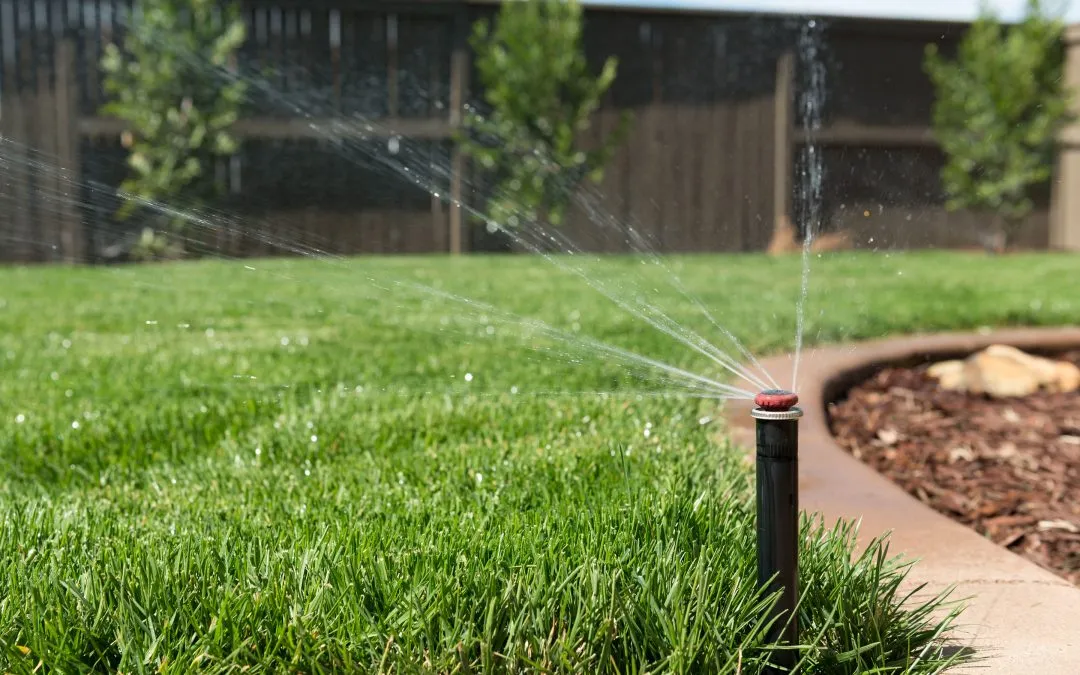With the growing popularity of sustainable gardens, Northeast Florida native plants are making a big comeback, and we couldn’t be happier about it
Native plants can help reduce the spread of invasive species, support local pollinators and prevent land erosion, which makes them by far the best plants to grow in Northern Florida, and a must-have addition to any sustainable garden in the area.
At Baker Company Inc, we’re experts at designing sustainable yards and creating beautiful landscapes that not only look great, but also support the local ecology, so if you’re looking to design an eco-friendly garden, get in touch with us!
Why Choose Native Plants for Northeast Florida?
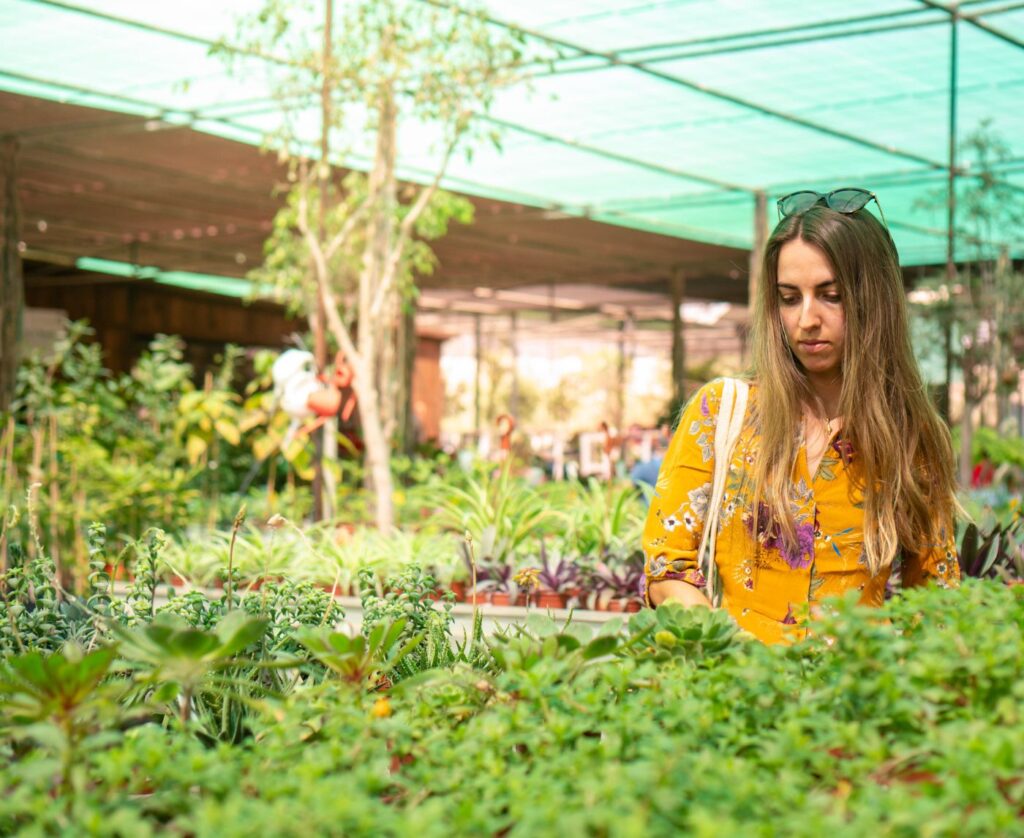
To put it bluntly, Northeast Florida native plants were born here, and they’re well adapted to the area. Because of their innate climatic adaptations, native plant species need far less water, fertilizer, and overall care than other, more exotic options.
Native plants also provide food and shelter for native animals, like the monarch butterfly, the southeastern blueberry bee, and the ruby-throated hummingbird, which makes them the best plants to grow in Northern Florida.
At Baker Company Inc, we specialize in using Northeast Florida native plants in our landscaping designs, creating beautiful, easy-to-care-for outdoor spaces that are a haven both for people and the local fauna.
Some of our favorite plants to use are:
- Saw Palmetto: An attractive, low-maintenance plant that can withstand a lot of different climates and has beautiful foliage.
- Coreopsis: The official wildflower of Florida. Its bright yellow flowers bring beauty to the state and are a magnet for pollinators.
- Beautyberry Bush: A beautiful filler plant whose berries are loved by native birds.
- Coontie: A drought-tolerant evergreen that can fill in spaces while still being eye-catching all by itself.
- Muhly Grass: A show-stopper that adds movement, texture, and pink, fluffy plumes to any environment.
- Eastern Redbud Trees: These small trees produce showy, pink blossoms in the early spring, drawing in bees and other pollinators.
- Firebush: A dark green bush with vibrant orange-red flowers that attract hummingbirds and other native pollinators.
We choose our plants based on your yard’s needs, whether you want to redo your flower beds or add hardscaping features, and we do it by balancing form and function to create landscapes that can practically sustain themselves.
Are you ready to transform your outdoor spaces? Get in touch with us so we can design a yard that uses the best landscaping plants in Northeast Florida
Tips for a Stunning Garden
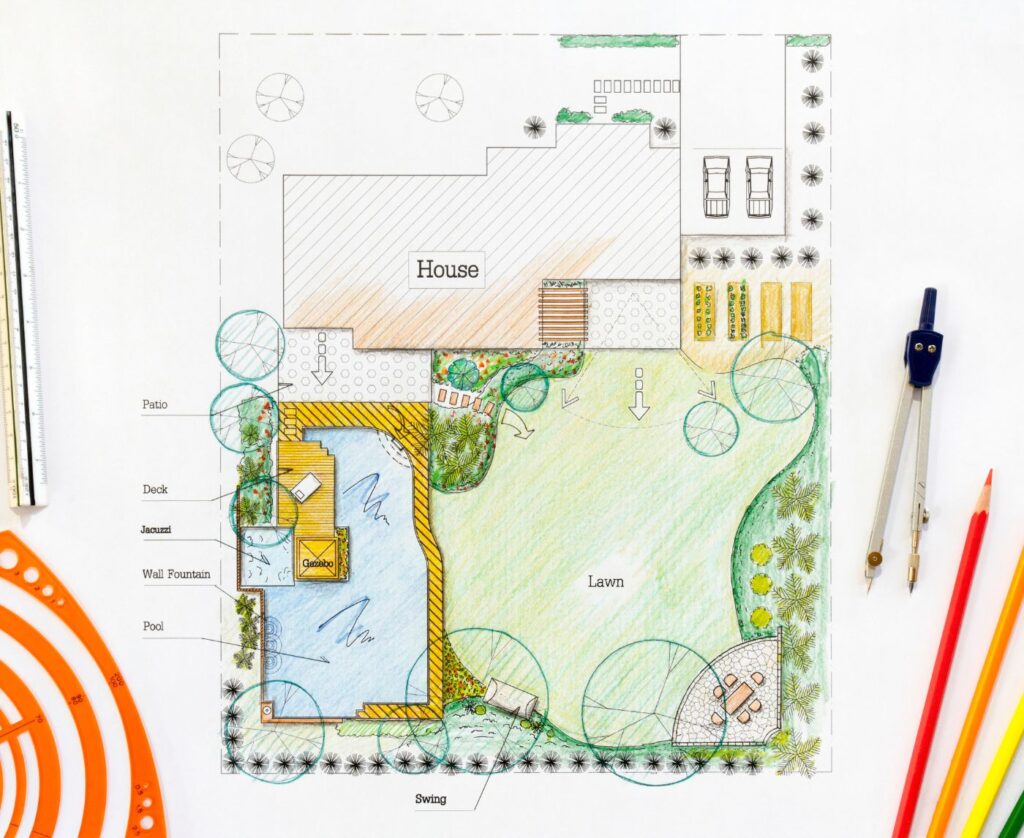
It takes more than just picking out the correct plants to have a flourishing garden. You also need to know where to plant them, and how to care for them. If you want to succeed, follow these professional tips:
- Evaluate the State of Your Garden: Learn and familiarize yourself with your garden’s soil type, the amount of sunshine it gets, and its drainage patterns. Planting native plants will improve the soil’s quality naturally, but it still needs to be able to sustain your plants for this to happen.
- Fertilize Wisely: Design a fertilizing plan to sustain your garden. Native plants will need far less fertilizers than foreign plants, but it’s still best to provide them with nutrients to make sure they take root.
- Mulch Strategically: Mulch can make a huge difference when setting up your garden for success, but you have to do it strategically. Use it with plants that need more moisture retention, and to prevent weeds.
- Select Diverse Plants: Native plants from Northern Florida do best when clustered together, so plant accordingly. Mix grasses, trees, shrubs and towering plants to achieve synergy, just like they would out in the wild.
When well thought out, native plant landscaping can be a complete game changer. At home, it’ll not only give you a peaceful retreat, but can also increase your residence’s value, as not only do native gardens add great curb appeal to your home, but they’re also easy to care for.
Residential buildings can also benefit from the use of native plants, as the designs are not only eye-catching, but can also help prevent temperature swings and actively fight against the urban heat island phenomenon.
Embrace Sustainable Landscaping with Baker Co.!

By using Northeast Florida’s native plants in your landscape design, and embracing the “Right Plant, Right Place” motto, you can create a garden that’s not just stunning and easy to maintain, but that actively supports the environment.
If you need help at any step of the way, you can count on us! At Baker, Co. we can help you with every step of the process, from design down to maintenance. Schedule a service today and let us start working together to make your vision a reality!
FAQs
Will planting native species help in controlling invasive plants?
Yes; A well thought-out design that uses the right combination of hardscaping, drainage and native plants not only looks great, but can help prevent the spread of invasive plants by using the available resources before the invaders can get to them.
How can I identify which native plants are best for my specific soil type?
You should begin by checking the drainage, texture, and pH of your soil, and work from there. Another possible idea is to walk around parks around your area and identify the plants being planted there, though you need to read about native plants before doing this.
If you need help selecting the best landscaping plants to use in Northeast Florida, just give us a call and we’ll help you find the best ones for your project.
Can incorporating native plants reduce the need for pesticides and fertilizers?
Sure thing. Plants that are native to an area have evolved to thrive there, making them naturally resistant to pests and illnesses and decreasing the need for chemicals or fertilizers.
How do I transition my existing garden to include more native species?
It’s all about going slow. Gradually replace non-native plants with native varieties by focusing on smaller areas, like edge plants and flower beds. It can be a little tricky, though, so either consult a professional beforehand, or do plenty of research before you get started.
How do native plants interact with local fungi and microorganisms?
Native plants form symbiotic relationships with local fungi and microorganisms, creating a thriving underground network. These interactions enhance soil health, promote nutrient cycling, and support a balanced ecosystem that benefits all surrounding plant life. Gardens that use native plants tend to be healthier and more robust because these positive interactions are encouraged.

